Streets for People, Scones & Bolehill Wood: Sun 10th March 2024
Tales from the old wood. More steps forward for South Yorkshire walking. Selected listings. And: scones - the truth!
Morning. Today, we get a little bit less lost in the woods. Take one tiny but much loved piece of woodland, a group of locals who seem to have saved it from unwelcome developments, and an ecologist from just up the road. We join them for a stroll and learn to see the woods, and the trees, in a very different way.
We have an update of where this magazine is going once we’ve reached our 200 reader target (maybe this week?) and we have possibly our most controversial story so far: the Outdoor City answer to the ‘how do you say scone?’ question.
There’s also a very brief note on the week’s Walking Summit and where it might lead.
We’re now at 197 full subscribers, which means:
a) We’re only three away from the 200 target for this publication to stand on its own financial legs. Can you be one of the mighty trio to get us over the finish line?
b) We can celebrate the year (197 AD) when Septimius Severus became a full blown Roman Emperor, and so the first official ruler of England born in Africa.
You should know that becoming a wonderful annual paying supporter of It’s Looking A Bit Black Over Bill’s Mother’s costs less than a Jeremy Hunt hoodie.
Tree Time
There are yellow signs around Bolehill Wood advising visitors on what to do now the wood is designated as ancient, and thus pretty well protected and saved for the public. Look and learn seems to be the key piece of advice.
“We’d heard this was an old path for carrying stone down from the nearby quarry to the Norton Hammer works by the River Sheaf,” says Penny Dembo strolling downhill towards Woodseats.
“Possibly,” says Professor Ian Rotherham, who’s in his element. He played here as a boy, and now, as a trained ecologist working with experts in landscape history and local heritage on projects at Graves Park, he’s turned his attention today to the old wood that meets the Graves Park trees across the top of Cobnar Road.
“It might be a lot older,” he says, pointing out how the path is sunk under a bank, and may have been used long before there was a Norton Hammer. Farmers, and lead workers would have passed this way too, he says.
The many Bole Hills across Sheffield denote old hilltop lead workings, where earthworks would drive westerly winds to feed fires for lead smelting. The lead ore came here from mines at Matlock because we had plenty of fuel, says Ian, waving at the wood around us. In the 1300s and 1500s, they’d burn anything they could, he says. In the case of our Bole Hills, lead- making fuel was usually the old trees of Sheffield.
Ian is taking a short tour round the wood with Penny and fellow Friends of Bolehill Wood Robin Scott and Pauline Zel, to help investigate a few more protective ancient indicators for the wood, and suggest more areas for research.
Trees were not clear felled en masse by fuel-seeking Sheffielders of years gone by, they had future generations to think about. At Bolehill, and all over our old woodlands, you’ll find coppiced trees, where expert woodworkers would cut a tree at a point where they knew it would regrow and provide more trees in future.
There are huge multi-stemmed Sycamores just inside the wood, probably coppiced in the depression of the 1920s, says Ian, where locals needed wood to keep warm.
As we go down, we find traditional woodland plants like Wood Avens and Creeping Soft-grass, and early shoots of Bluebells, another ancient woodland indicator. And here and there are early spring leaves of Lords and Ladies, named after the flowers that appear in a month or so, that resemble some key human anatomical features.
Further down we find a series of huge old oak trees, with new and decaying stems and trunks wrapped and jostling with each other over tree time, which in Sheffield is a hard to quantify number of centuries.
Acid rain and industrial pollution stunted our tree growth from the 1700s onwards, so many of our trees are two thirds the size of the same species in less polluted areas, says Ian. So Sheffield trees may be much older than they seem.
Dating coppiced trees is tricky too, he says. You might measure the base of a known coppice and multiply it by 1.8, to compare to the age of a tree growing without needy humans cutting bits of it down every few years.
And the earth and wind and rain don’t hold back to make life easier for researchers, Ian notes. We circle several of the Oaks, and Ian explains how considering the proximity of neighbouring trunks, and even the way they lean into and away from each other, can suggest several trees might be joined underground as a very old coppice, now buried by years of weather and wildlife.
These could easily be 500 years old, he says, which brings the trees into the official ancient category, of existing by 1600 AD or before.
He’s just as interested in the Holly growing all over the woods. Holly was handy cattle feed in the past, but Holly bushes and trees grow outwards when they’re no longer cut regularly. Selective breeding for ornamental Holly led to softer leaves to protect inquisitive children on grand semi-natural country estates, but much of the Bolehill Holly is sharper and native.
There are ways of measuring the spread of Holly trunks over a wide area, originating from a single plant maybe 7-800 years ago, Ian says. And at Bolehill there are some very wide clumps of Holly.
We head up one of the lesser paths, and find possible charcoal burning sites, and head towards the official route out onto Cherry Bank Road, where Ian traces remnants of the old woodland that once stretched all along the hillside to Scarsdale Road and beyond.
Bolehill Wood is one of the wildlife and human corridors emanating out from Graves Park, and Ian intends to carry out further research there, possibly as part of the Graves Park research projects looking at the ecology, heritage and climate change resilience in and around the park.
The Friends say although Bolehill Wood now has numerous protections in place thanks to Natural England and the city council, there is still no clear picture from the owners, who spent at least £120,000 to buy most of it for reasons unclear.
“We’re happy to work with the owners on a volunteer management plan,” says Penny, but there’s been no word as yet. Meanwhile, visitors and locals are being asked to keep their eyes on the wood, and there’ll be plenty more research to come.
“I see the wood differently now,” says Penny, after her morning’s wanderings around coppice stools, ancient Holly and charcoal remains. “And love it even more.”
As we head out of the tiny but ancient wood, we remark that one of the things everyone notices about Bolehill is how high the trees are, even when the original trunks might only be a hundred or so years old. It’s the same in many of our hillside former coppice woods, says Ian.
We stopped working these woods a few generations ago, so the trees that had been cut and used for centuries are now racing upwards towards the light, up and away from the long history in the ground below.
Scones: The Truth
Possibly the biggest debate we’ve yet seen in It’s Looking A Bit Black Over Bill’s Mother’s: what is the right way to ask for the butter based carb-loading snack beloved of country walkers and cyclists, when they stop by a cafe or tea room?
If you’re in Sheffield, we have the definitive answer. And it may not be what you were expecting. Recent pronouncements in other media suggest there’s more than one way to say ‘scone’. In Sheffield, Bill’s Mother would not agree, and neither does Cambridge University.
Dialect researchers from the university launched their free English Dialects App in 2016, and after input from over 30,000 people across the country, the researchers were able to map changes in dialect and language, and regional variations in a small selection of words.
They found that scone is pronounced like ‘con’ by most people in Scotland, the north of Ireland, north Wales and the north of England above York and Blackpool.
Much of the rest of England and Wales is vague and indecisive, except for a handful of trailblazing regions going with the ‘known’ pronunciation, including most of southern Ireland, Hull, Stoke on Trent, Cornwall, Southend, Chesterfield and, of course, Sheffield.

“Our data shows that for the North and Scotland, ‘scone’ rhymes with ‘gone’, for Cornwall and the area around Sheffield it rhymes with ‘cone’ – while for the rest of England, there seems to be a lot of community-internal variation. In the future we will further unpick how this distribution is conditioned socially,” said Dr Adrian Leemann, from Cambridge’s Department of Theoretical and Applied Linguistics.
Another word, backend, is still very occasionally heard locally to mean the ending of the seasonal year. But ‘backend’ was mapped by the Cambridge app gradually disappearing as another word for autumn, despite being common in the 1950s.
Since cosmopolitan Sheffield now attracts thousands of uncommitted new scone pronouncers every year, we think it’s the duty of every local cafe and tea room to hone in on avoiding the home grown scone going the same way as backend.
We hope that clears up the issue. And feel free to correct anyone who’s been conned into thinking otherwise.
Streets For People
Thursday saw the Living Streets National Walking Summit in Sheffield, attended by the Mayor of South Yorkshire Oliver Coppard along with active travel commissioner Ed Clancy and their walking, wheeling and cycling team, and Sheffield Council leader Tom Hunt, with a host of city councillors and officers.
It’s easy to be cynical about the length of time it’s taking to make our city easier to walk around, but it really seems that the political will is there to help people get about under their own steam.
Tom Hunt seemed to confirm there will be a tram / rail line to Stocksbridge, and 20 mph speed limits on all residential roads before too long. Oliver Coppard said walking should no longer be an afterthought in planning, it should be the first step, so walking becomes the obvious option for short journeys. Ed Clancy confirmed that public health would be the central theme of future plans, which might lead to very different ways to fund the changes we’ll be seeing over the next few years.
I’ll have a longer post on all this in the near future. Time to get some sensible shoes.
Selected What’s On Out There (from Sun 10th March)
This is a small sample for this week taken from our full regularly updated listings service in Round at Bill’s Mother’s. If you’re in a group who put on outdoor events and want me to include them, please stick them in the comments below as follows: Date, What it is, Online link.
Sun 10th - Great Sheffield Flood Walk 160th anniversary at Wardsend Cemetery (£2 suggested)
Mon 11th - Thurs 14th - Inclusive cycling with Cycling 4 All (free for all week)
Tues 12th - Finding Lost Norton Park at Graves Park - Recording Old Trees & Tree Stories practical session at Graves Park
Tues 12th - South Yorks Orienteers public event - Kelham Island (£6)https://abitblackoverbillsmothers.substack.com/i/141285746/whats-on-out-there-march
Weds 13th - SRWT Volunteer Work Day - Carbrook Ravine
Weds 13th - Social Walk from Longshaw (5m)
Fri 15th - Sun 17th - SHAFF outdoor film festival
Sat 16th / Sun 17th - The Climbing Works International Festival 2024
Thanks for reading - and remember: F.F.S! Forward to Friends and Subscribe!
Once we reach our ‘we’re now a sustainable social enterprise’ target, I’ll be lining up a few more longer features for full subscribers. I’ll also be revising our Round at Bill’s Mother’s rolling news service and listings, more on this hopefully next week.
It’s free to try It’s Looking A Bit Black Over Bill’s Mother’s for a few weeks, but after that chipping in £4 a month (with a month free if you go annual) helps me pay the bills to get these posts out to thousands of readers every month, and does wonders for my stress levels..
:

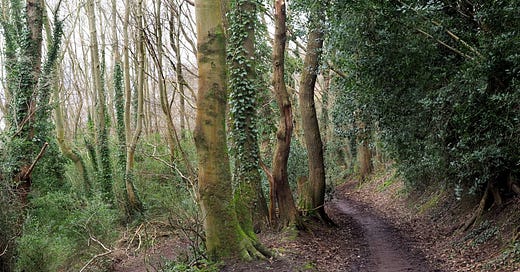



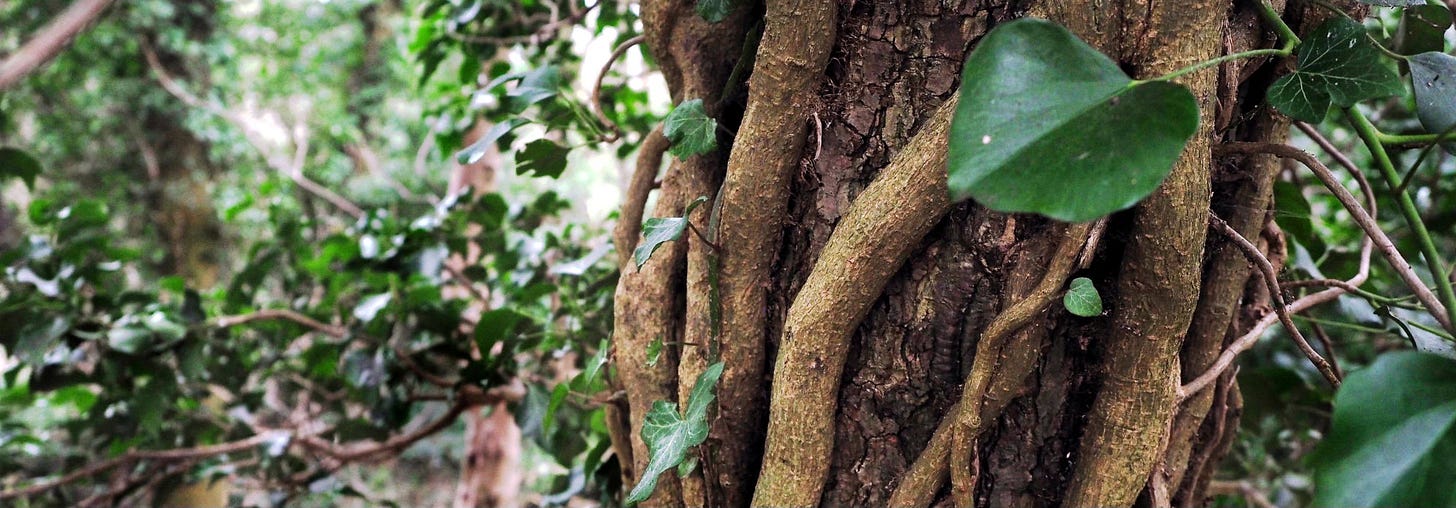
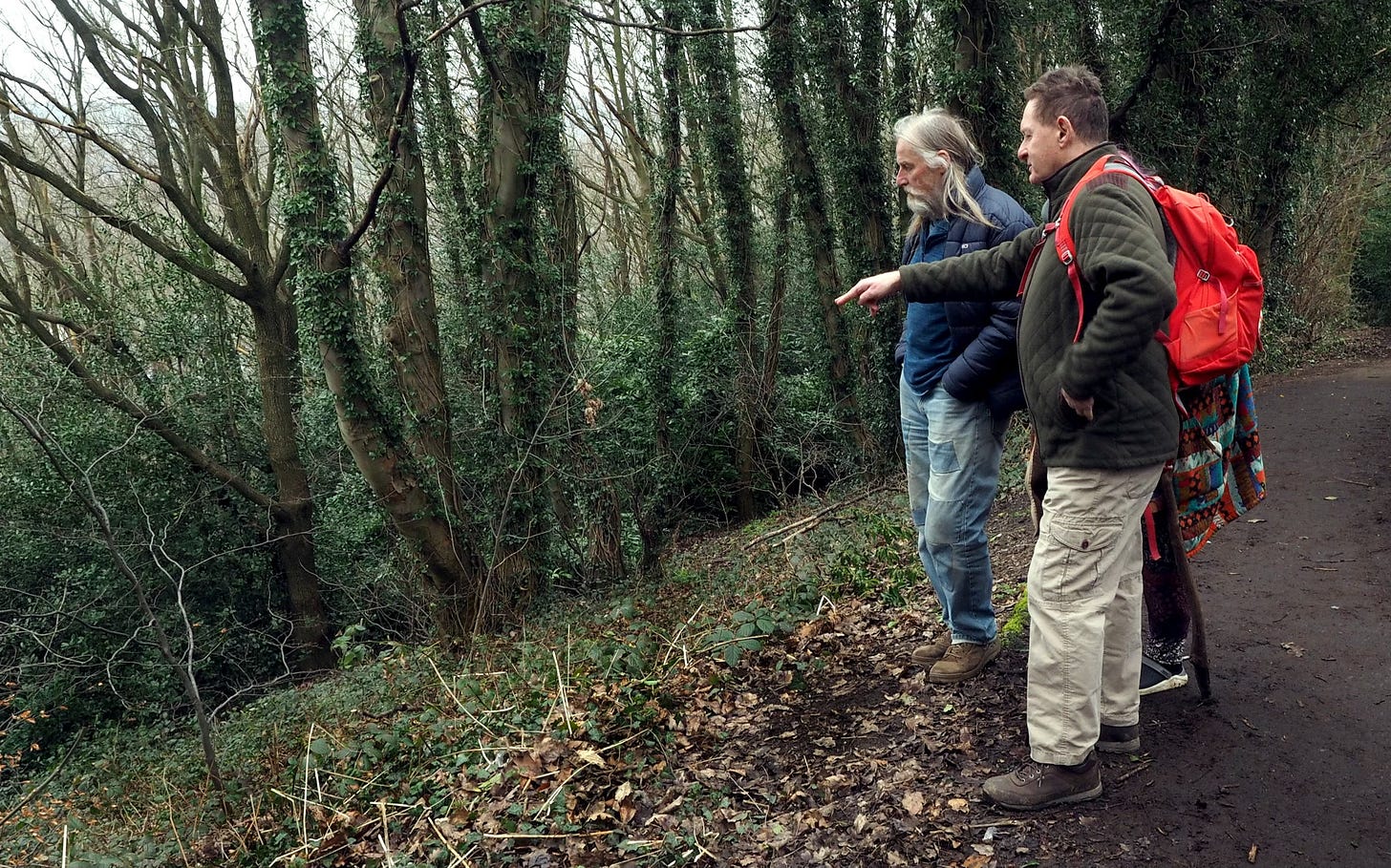
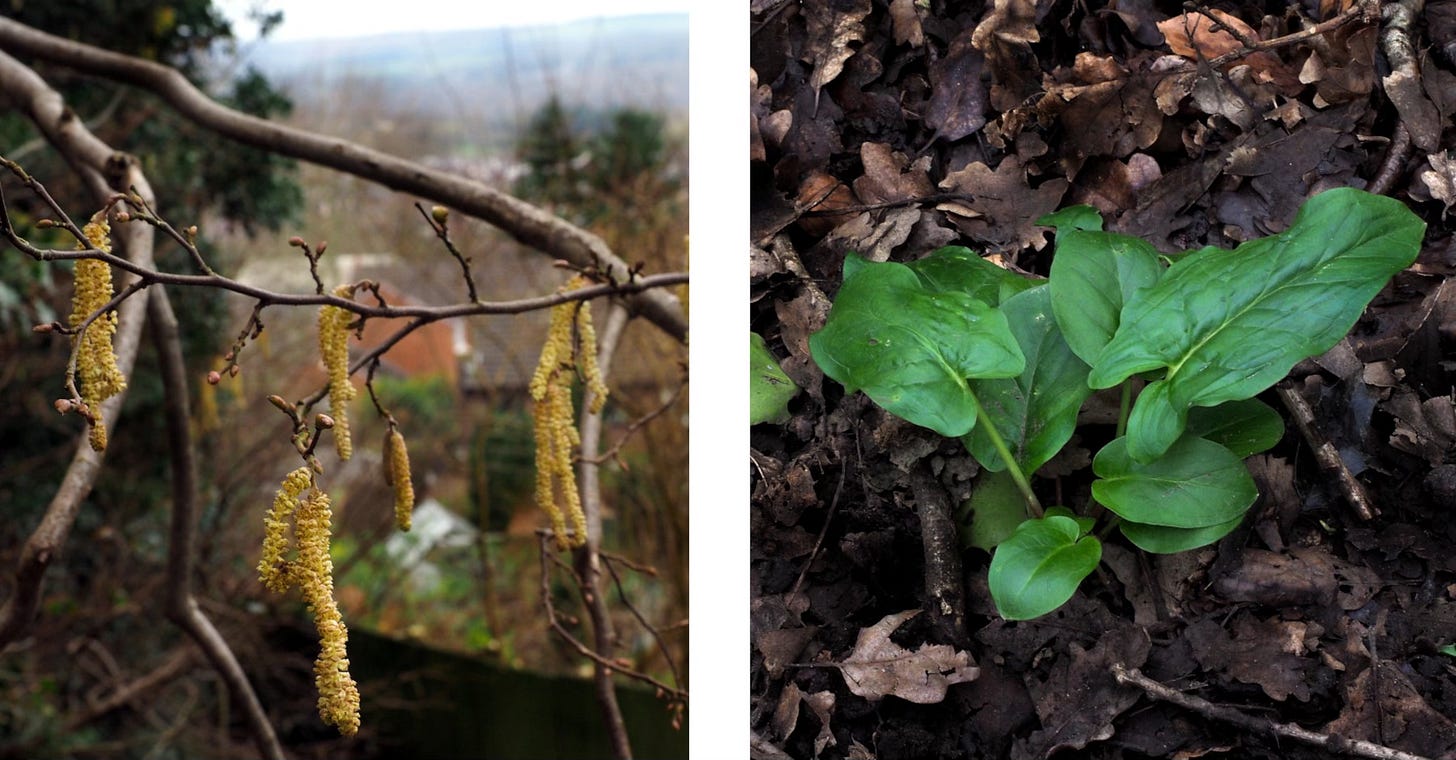
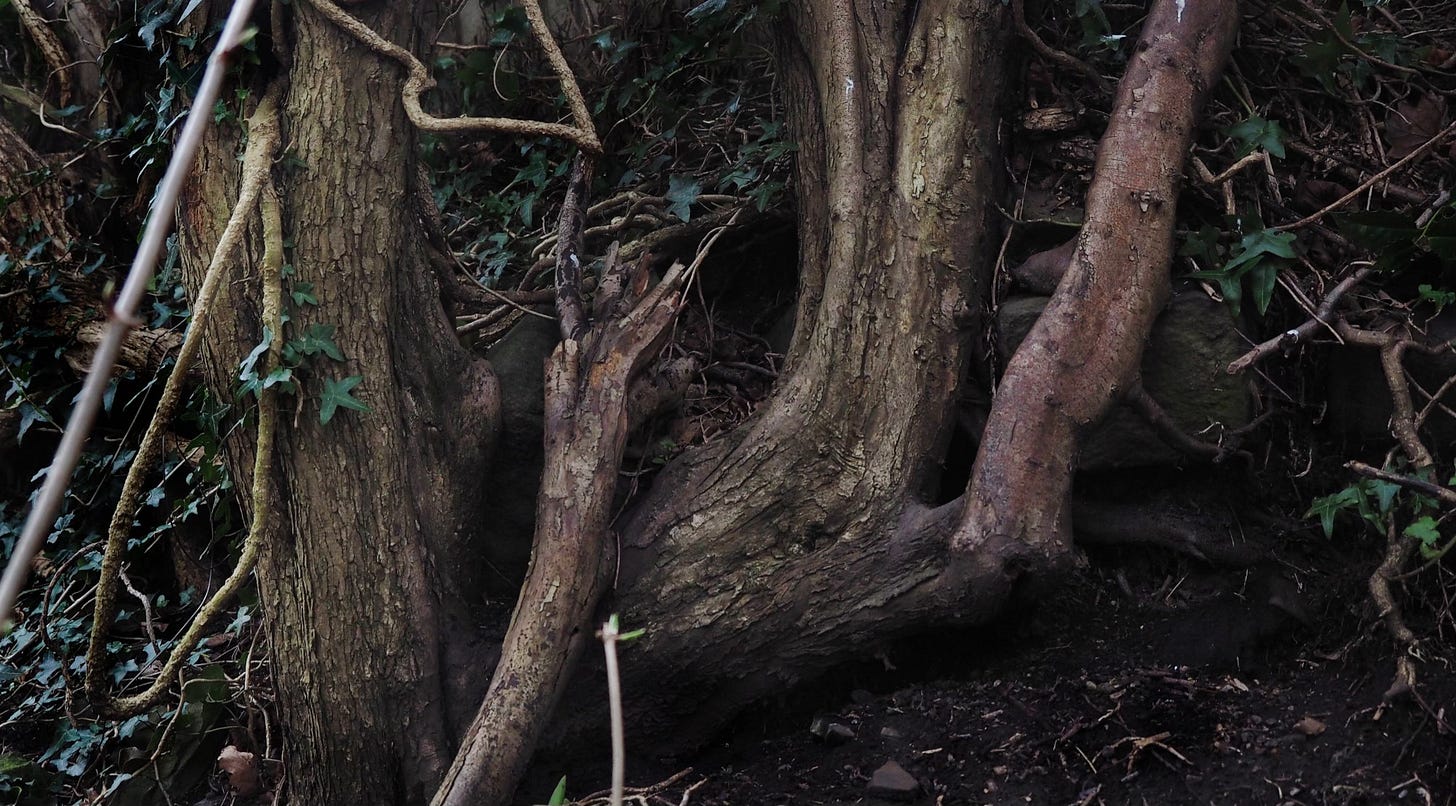
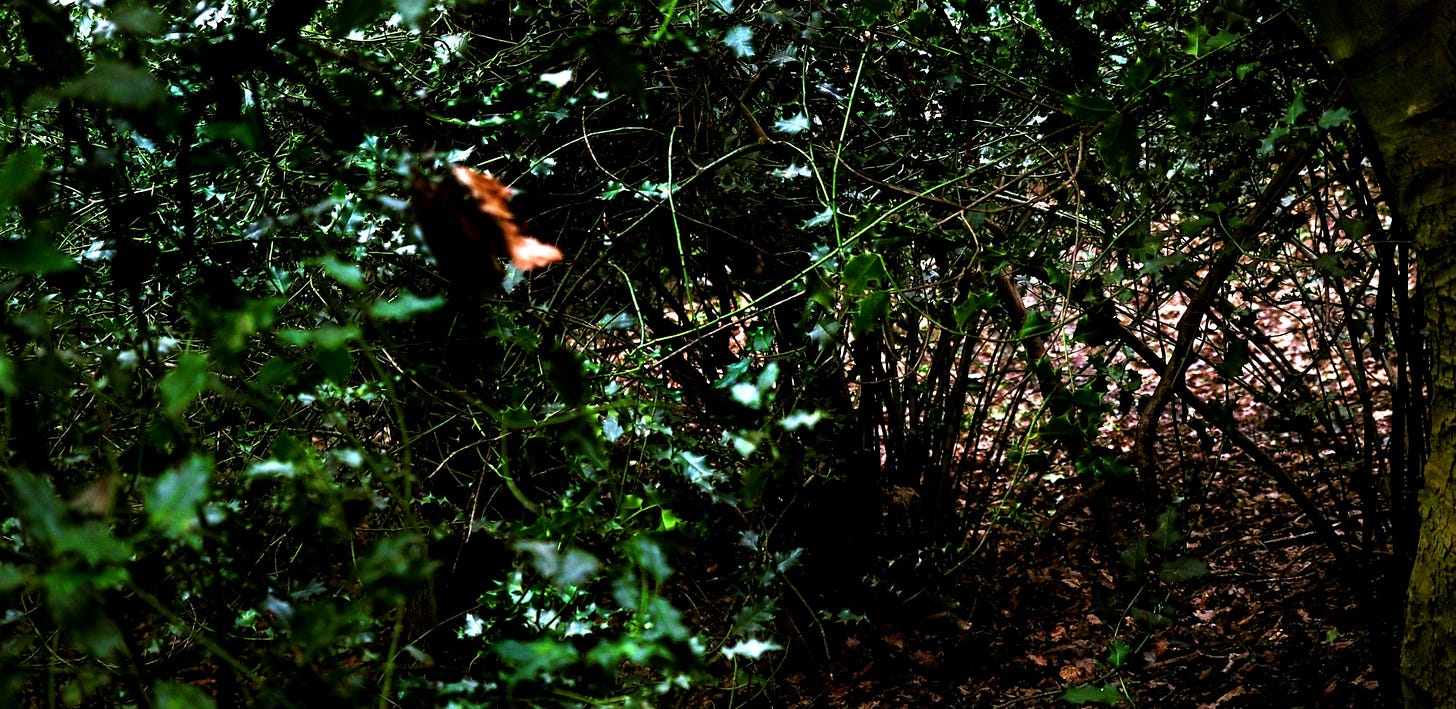



Interesting article about my local woods!
Scone -rhymes with gone. Simples- I was born in a scone/gone area. Scone/cone sounds so home counties! Backend-my parents always referred to Autumn as backend. ie 'Last backend we had a great crop of blackberries.' It always conjurs up warm September days spilling over into October. Maybe it should have a capital letter as a proper noun-Backend. Keep up the good work!!